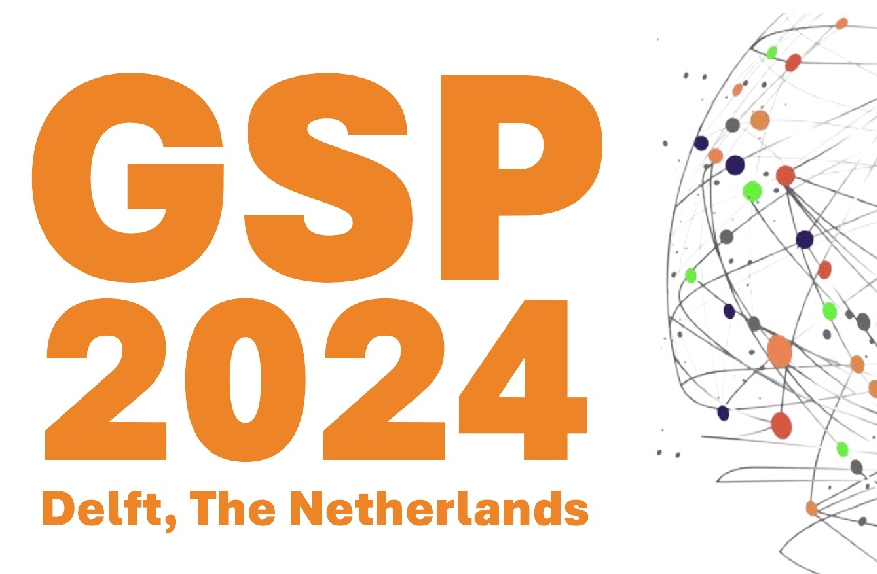Agenda
MSc SS Thesis Presentation
- Wednesday, 25 August 2021
- 10:00-10:45
- zoom
Energy-efficient Particle Filter SLAM for Autonomous Exploration
Elke Salzmann
Autonomous robots are increasingly used in more and more applications, such as warehouse robots, search-and-rescue robots and autonomous vacuum cleaners. These applications are often in environments where the GPS signals are denied or inaccurate, which makes it difficult to localize the robot in an unknown environment. To overcome this problem the framework of Simultaneous Localization and Mapping (SLAM) is typically used. This solution constructs a map of the environment with the use of cameras or range sensors, while keeping track of the location of the robot in it. To extend the exploration time of these battery powered robots, the energy consumption of the SLAM algorithm could be reduced. It is assumed that if the computational load of an algorithm reduces, the energy consumption of the algorithm reduces as well. An existing paradigm to solve SLAM is the use of a particle filter, which tracks the trajectory of the robot and simultaneously maps the environment. The question answered in this thesis is how to make this algorithm more energy-efficient to be able to deploy this framework in more applications and make the existing robots more sustainable.
In this thesis two methods are investigated. In the first method, the information about the landmarks are incorporated in the trajectory estimation as spatial constraints, to try to achieve a higher accuracy with less particles and thus subsequently a smaller computational load. The proposed method is validated by simulations on synthetic datasets. This method shows improvements in terms of the estimation accuracy. However, it is more computational complex than the existing algorithms, so it is considered less energy-efficient. The second method in this thesis, is the implementation of a parallelized particle filter. This method processes the observation measurements in parallel for the different particles and communicates the information between the particles efficiently. It should reduce the computational time, to enable partial computation of the algorithm to reduce the computational load. This method shows improvements on the run time and thus on the computational load, especially for a larger number of particles and is therefore more energy-efficient. The two separate methods have been analyzed and compared with state of the art methods.
Agenda
- Thu, 25 Apr 2024
- 11:00
- HB 17.140
Signal Processing Seminar

Yanbin He
Modelling Error Correction in Sparse Bayesian Learning via Grid Optimization
- Tue, 30 Apr 2024
- 10:00
- HB18.090
MSc SPS Thesis presentation
Wim Kok
A SystemC SNN model for power trace generation
- Mon, 6 May 2024
- 12:30
- Aula Senaatszaal
PhD Thesis Defence

Christoph Manss
Multi-agent exploration under sparsity constraints
- Tue, 21 May 2024
- 10:00
- Aula Senaatszaal
PhD Thesis Defence

Wangyang Yu
- 27 -- 28 May 2024
- Aula, TU Delft
Conferences

44th Benelux Symposium on Information Theory and Signal Processing (SITB'24, Delft)
- Tue, 18 Jun 2024
- 15:00
- Aula Senaatszaal
PhD Thesis Defence

Hanie Moghaddasi
Model-based feature engineering of atrial fibrillation
- Mon, 24 Jun 2024
- Aula, TU Delft
Conferences
